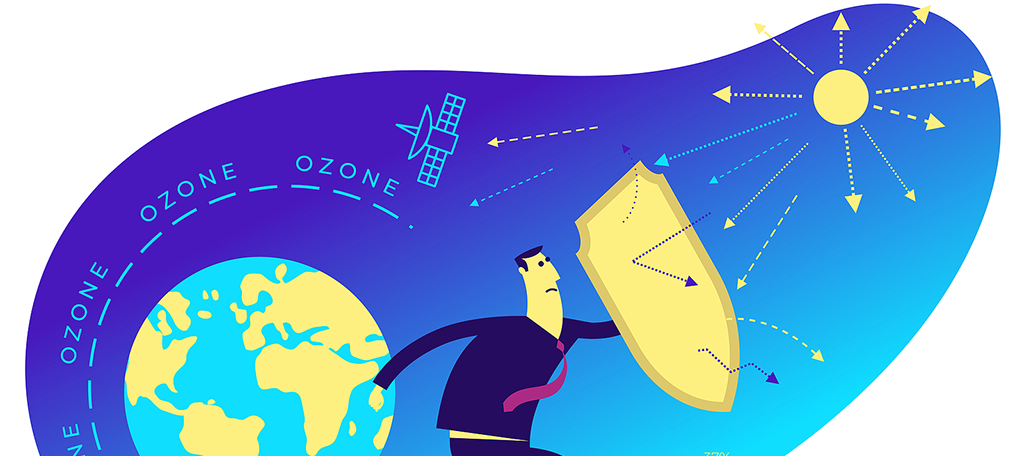In 2019, scientists declared the ozone hole to be the smallest since its discovery. However, in 2020, the size has increased dramatically making it one of the largest and deepest holes in the ozone in recent history.
According to the World Meteorological Organization (WMO), the ozone hole began growing in mid-August and has finally peaked in October at a whopping 9.2 million square miles. When the report was released, the hole shrunk slightly to 8.9 million square miles.
It is common for holes in the ozone to appear between September and October, but this is one of the larger ones in recent years.
Why Do Ozone Holes Form?

An ozone hole is a region in the stratosphere that has a severely depleted amount of ozone.
The ozone layer in our atmosphere prevents the radiation from the sun from reaching us. In fact, it absorbs 98% of the radiation that the sun sends our way. Without it, life would end as we know it as it would be destructive enough to alter DNA.
They normally form in Antarctica because the temperature gets so low. When the temperature reaches around -108 degrees Fahrenheit, the ice crystals within the clouds begin to react with other compounds in the atmosphere.
As a result, the ozone is depleted rapidly.
How Long Will It Last?
Since temperature is a major factor, it is very likely to close significantly by December. And that’s because December is when summer begins in Antarctica.
As a result, there should be fewer reactions that deplete the ozone layer in Antarctica.
However, without the enforcement of banning chlorofluorocarbons (CFCs), the damage to the ozone layer would be much more severe. This massive hole in the ozone is a prime example of why environmental regulations are so important.
Without them, the effects would be that much more devastating.


